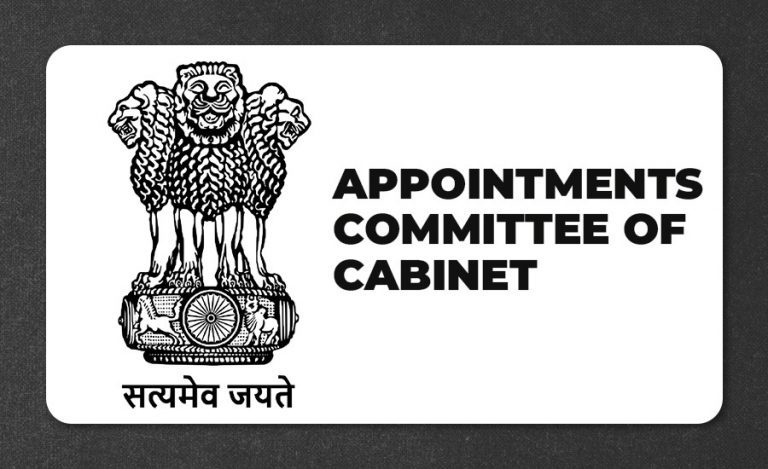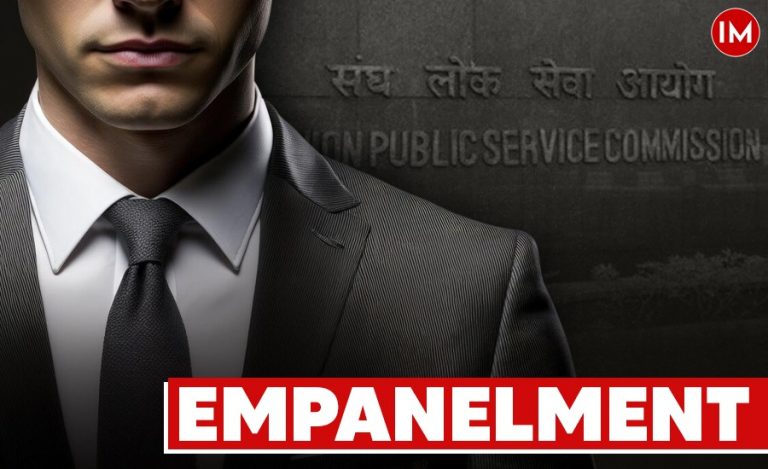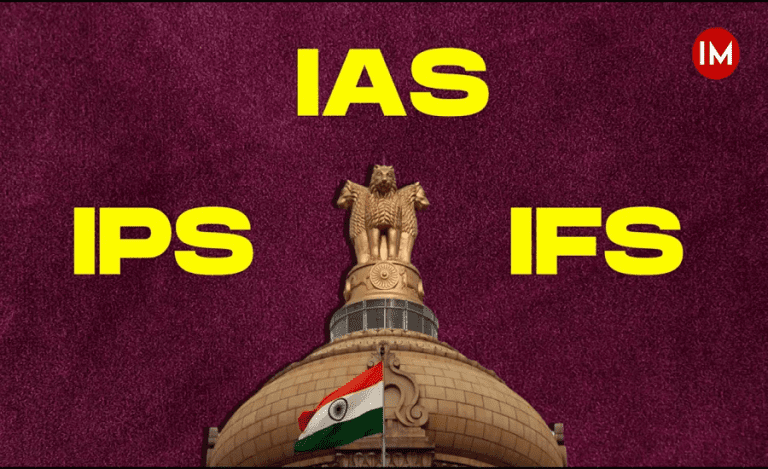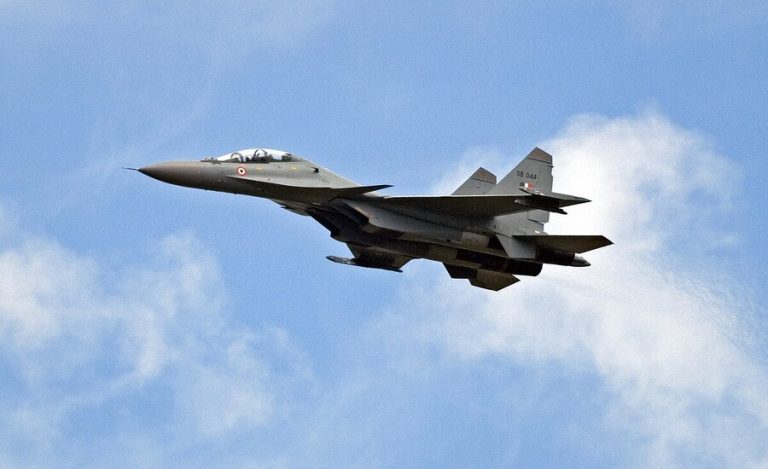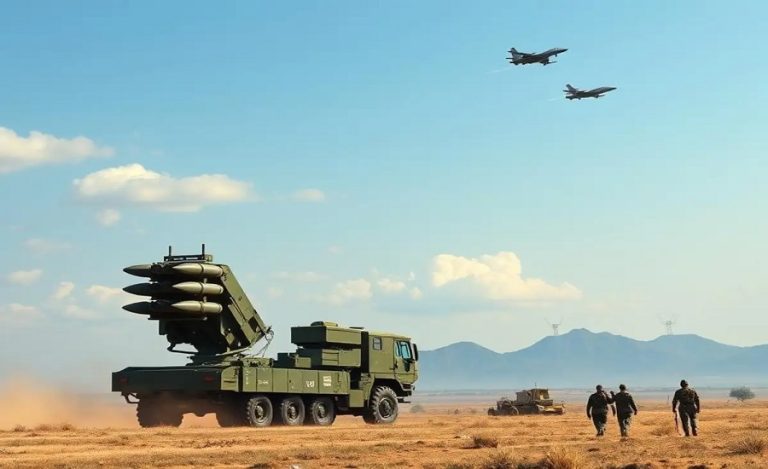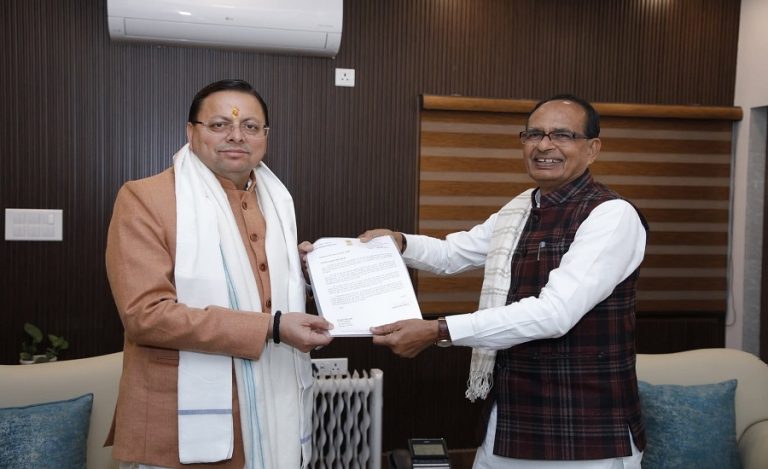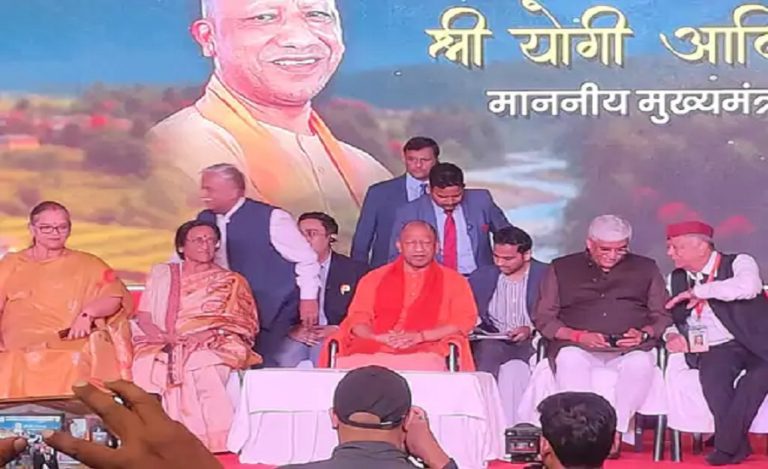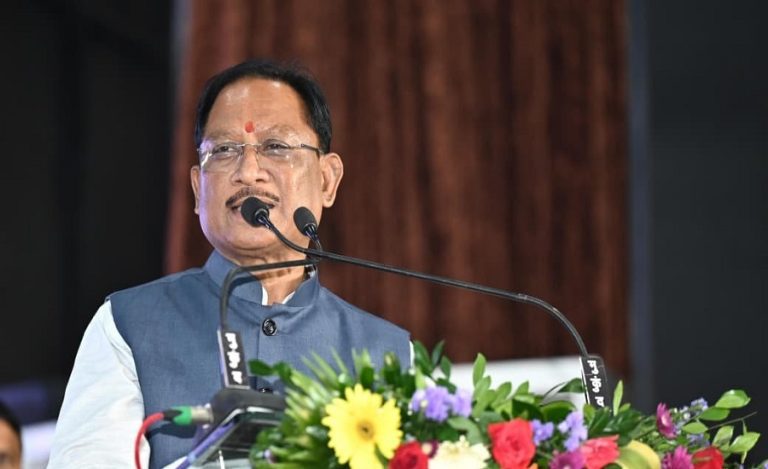New Delhi/ Bengaluru: At the two-day industry engagement event SAMANVAY 2025 held in Bengaluru on 29 October 2025, the Electronics & Communication Systems (ECS) Cluster of DRDO brought together over 150 industry partners—including MSMEs, start-ups and heritage defence firms—to deepen collaboration with India’s defence research ecosystem.
The objective of SAMANVAY 2025
The main objective of SAMANVAY 2025 was to strengthen India’s vision of “Atmanirbhar Bharat” in defence manufacturing and raise the pace of indigenisation of critical systems.
Key Highlights of SAMANVAY 2025
During the inaugural session, DRDO handed over 12 Licensing Agreements for Transfer of Technology (LATOTs) across 8 distinct defence products, marking a significant industry interface step.
Strategic Importance of SAMANVAY 2025: Why This Matters
1. Make-in-India Augmented: By licensing indigenous technologies to industry, DRDO accelerates the transition from research to production—key for India’s defence manufacturing self-reliance.
2. Boost to MSMEs & Start-ups: The inclusion of smaller firms (such as those for Laser Photoacoustic Spectroscopy) enlarges the base of Indian companies contributing to defence tech.
3. Faster Productisation: Technology transfer ensures that lab-developed systems can be scaled and incorporated into defence supply-chain, reducing dependency on imports.
4. Ecosystem Strengthening: Once licensed, these products can pave the way for exports, vendor base expansion, and global competitiveness of the Indian defence industry.
5. Policy Significance: At the meet, DRDO reaffirmed its focus on policies and procedures to enable industry uptake, including institutionalising Industry Interaction Groups at labs/centres/HQ.
Leadership Voice: Dr Samir V Kamat and His Vision
Dr Samir V Kamat, Secretary, Department of Defence R&D and Chairman, DRDO, virtually addressed the event and said:
“By uniting innovation and industry, DRDO is empowering Indian defence manufacturing for a self-reliant tomorrow. From research laboratories to real-world capabilities, DRDO is partnering with the industry to come up with indigenised solutions for the Armed Forces…”
Biography Snapshot
- Dr Kamat holds a B.Tech (Hons) in Metallurgical Engineering from Indian Institute of Technology, Kharagpur (1985) and a PhD in Materials Science & Engineering from The Ohio State University, USA (1988).
- Joined DRDO in 1989 and held key positions including Director General – Naval Systems & Materials before becoming Chairman in August 2022.
- Credited with leading development of high-strength steels for naval hulls, high-temperature titanium alloys, nickel-based superalloys, and advancing self-reliance in strategic materials.
- Recognised with awards such as Distinguished Alumni from IIT-Kharagpur, Metallurgist of the Year (Ministry of Steel), and Scientist of the Year (DRDO).
His presence and leadership at SAMANVAY 2025 reinforces the strategic push of DRDO from a research entity to a production-enabler ecosystem partner.
What Happens Next: Path Ahead for Industry and Defence
Rapid Commercialisation: Industry partners will benefit from licensing by scaling production, integrating systems into service platforms, and potentially exporting.
Start-Up Knock-on Effects: With DRDO’s policy reforms and Industry Interaction Groups, smaller enterprises can now more seamlessly partner with labs.
Enhanced Exports: As licensing increases, Indian defence industry’s export potential improves, aligning with government goals for defence-export growth.
Technology Upgrade Cycle: Regular transfer of matured technologies frees DRDO labs to focus on next-gen R&D, sustaining innovation momentum.
Operational Readiness: Services stand to benefit from quicker adoption of indigenised systems, reducing import reliance and strategic vulnerability.


